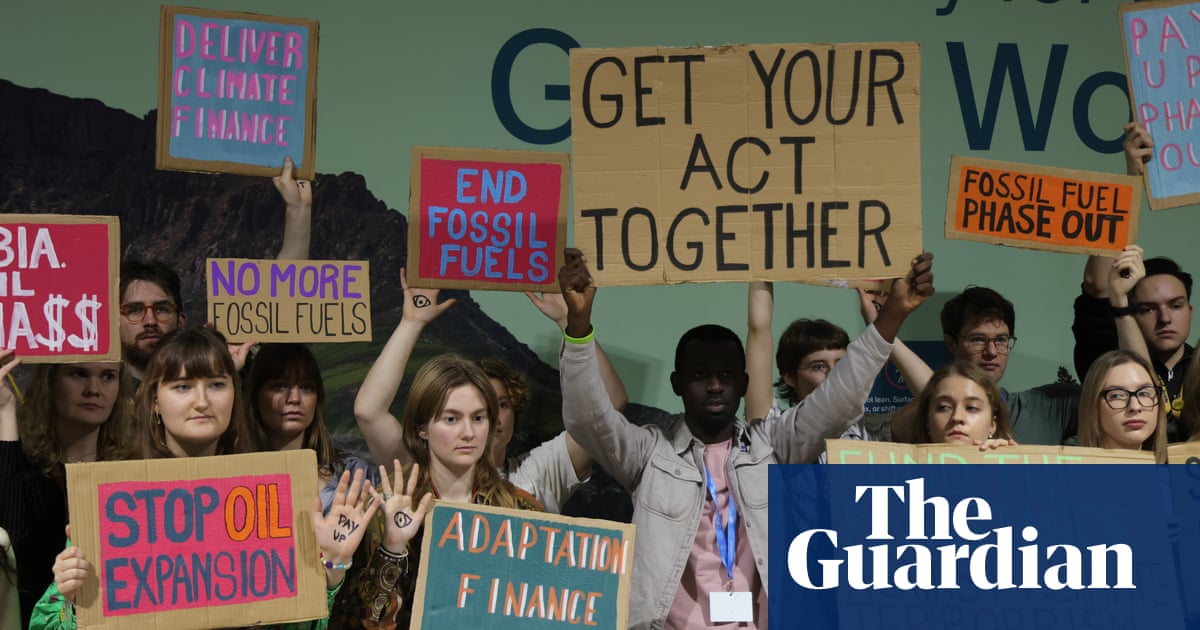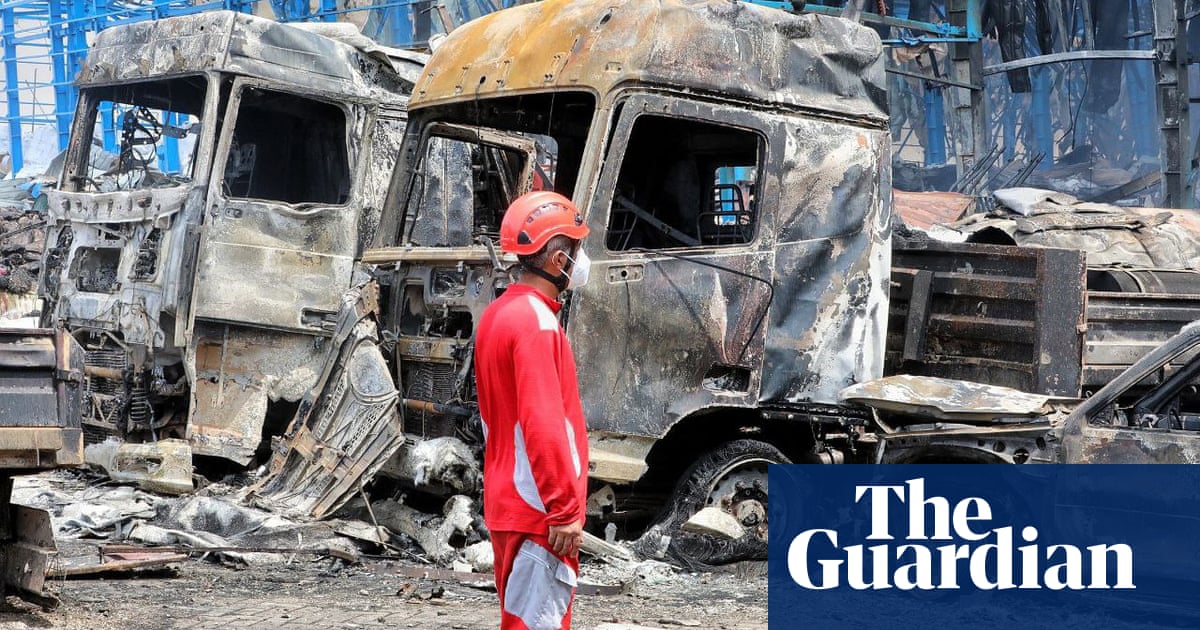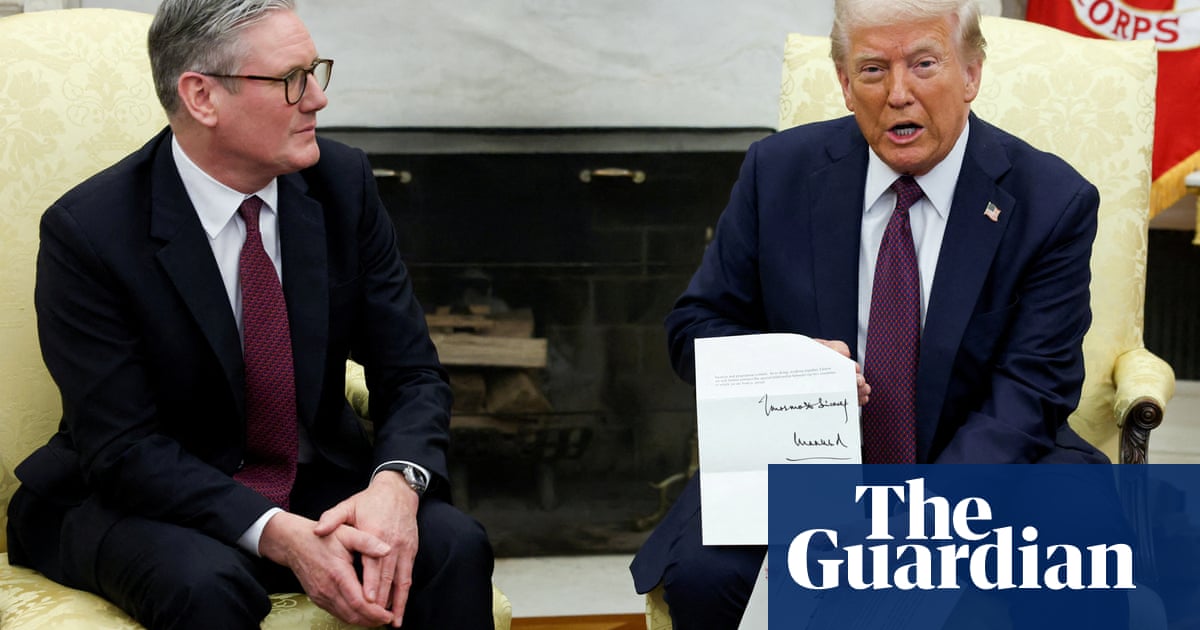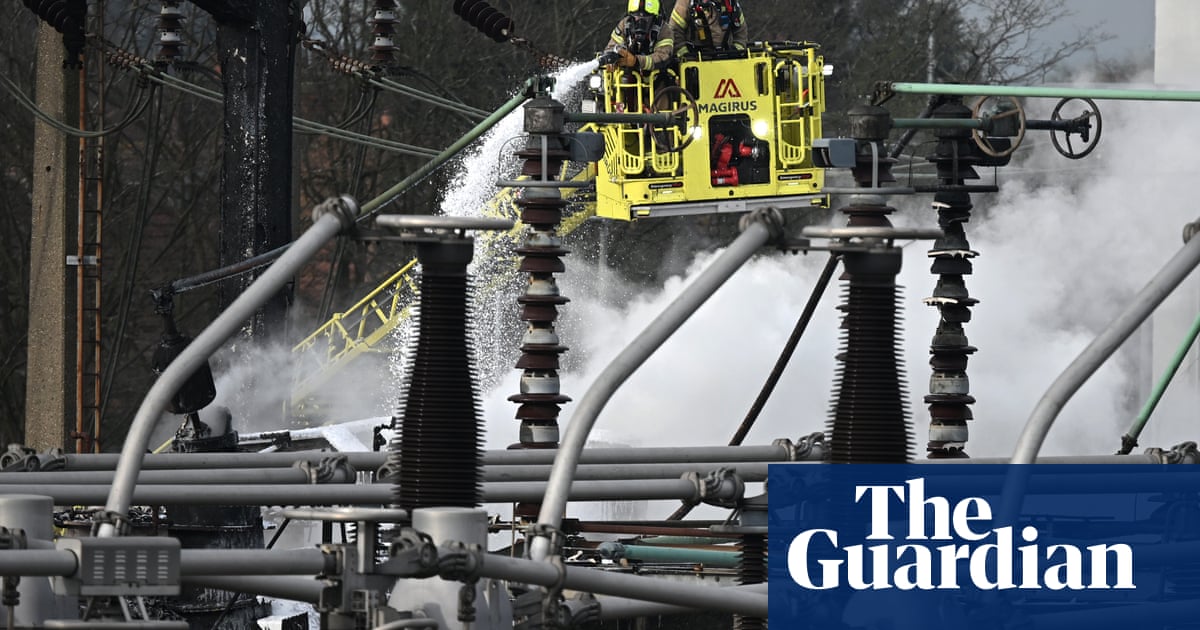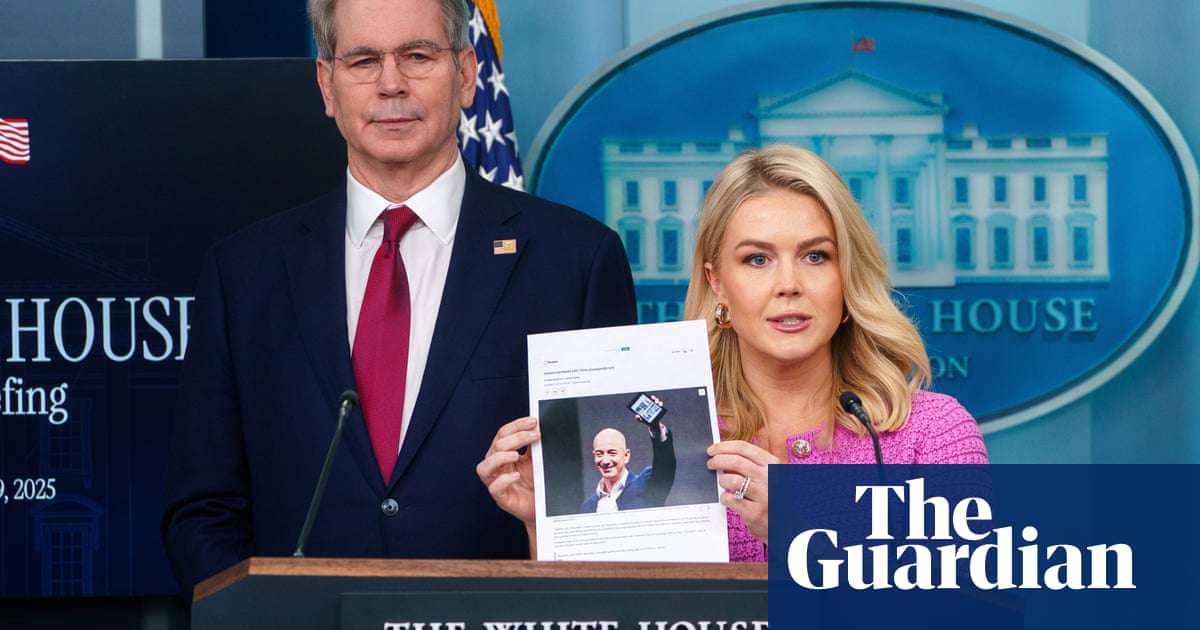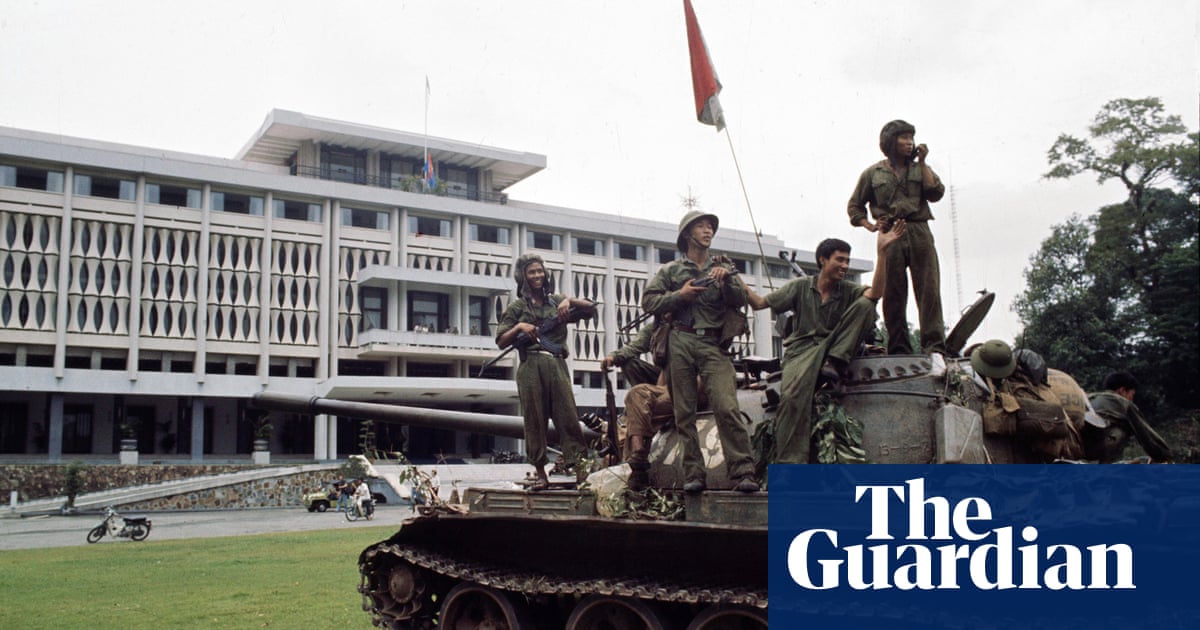By all accounts, the 26 people killed last week in a picturesque meadow in Pahalgam in Kashmir were selected for slaughter by the militants on the basis of their religion. We’ve read heart-rending testimony of how the families watched as the men, almost all Hindu, were shot from close range. These were unconscionable killings. We’ve also read how Kashmiri tourist guides and pony operators rescued many Indian tourists, at great risk to their own lives.
Whether this attack was carried out by Pakistani militants, local Kashmiris, or both, is immaterial to the families of the dead. Their lives are destroyed, along with the Indian state’s carefully constructed facade of normality in the region – a facade sustained by the tourism boom of recent years.
We have been here many times before. For nearly four decades, Kashmir has gone through cycles of bloodletting, periods of relative calm, triumphant declarations of normality and wilful conflations of silence with peace – for it to start all over again. In 2019, too, we were told about the return of normality, that the conflict was over. But that image was shattered that February when Pakistan-based militant group Jaish-e-Mohammed attacked a paramilitary convoy, killing 40 Indian soldiers and bringing the two countries to the brink of war. In many ways, in addition to the three wars they’ve actually fought since 1948, the two countries have always been on the brink of war – they hover around it for periods of time, then come back, arms and rhetoric raised.
A generation has grown old with this catastrophic binary, the cost mostly borne by Kashmiris, more than 70,000 of whom have been killed, about 10,000 disappeared, and over 200,000 Kashmiri Pandits (Hindus) displaced since the uprising against Indian rule in 1989, and by Indian citizens killed in bomb blasts or attacks such as the one in Pahalgam. It would be absurd to suggest that violence of this kind emerges from a vacuum, for the origins of lethal violence lie both in our history and politics: in the still-festering wound of partition in 1947 on religious lines and the unresolved nature of the dispute over Kashmir.
Since 2018, India has ruled the region directly via a governor appointed by Delhi; the following year Narendra Modi’s government formally erased Muslim-majority Kashmir’s limited self-rule. Although there’s now an elected chief minister in place, the position has been effectively rendered titular – so defanged that in a high-level security meeting earlier this month, the current incumbent, who is a Kashmiri, was left out. To exercise control over the territory, India maintains a huge military force, estimated to be around half a million soldiers, both inside Kashmir and on the de-facto border with Pakistan.
The people of Kashmir have had little or no say in their future for as long as I can remember. In seasons of normality, they are allowed a semblance of localised power and an increase in economic activity, but it’s often short-lived, because every few years, the tensions bubbling under the surface burst into the open.
Pakistan, which rules the other half of Kashmir, is saddled with multiple problems, mostly emerging from the military’s hubristic hold over power, which has crippled the country economically and politically. Its forever-fledgling democracy was dealt a body blow when the country’s most popular political leader of the last decade, Imran Khan, was sent to prison in 2023 rather than being allowed to lead his party in elections the following year.
The country’s status as a leveraging player in regional geopolitics has diminished considerably since the US withdrawal from Afghanistan and the Taliban takeover. It is no longer a partner in the “war on terror” because the US has lost interest in that war. For the military to justify its monopoly over the state, it has historically used Kashmir as a chip: Pakistan needs a strong and well-financed army because, one day, we will liberate Kashmir from India. So far, it has failed spectacularly in this mission – it was left watching from the sidelines when a resurgent Hindu nationalist India fully annexed its half of Kashmir.
Pakistan accuses Indian agencies of sponsoring the rising insurgency in Balochistan; in particular, the hijacking in March of a train by Baloch militants. India has historically accused Pakistan of arming and sending militants into Kashmir. In the late 80s and early 90s, thousands of Kashmiris went across to Pakistan-administered Kashmir for arms and training.
Now, in the wake of the recent attack, the two countries are again close to a dangerous conflagration. I will stop your water, says India. I will suspend our peace treaty, retorts Pakistan. Kashmiris have never wanted to be a bone of contention between the two states; they have paid a staggeringly steep price for this 75-year relationship of attrition.
Internally, Kashmir has never really been normal, despite the narrative push and despite the appearance of normality, scripted elsewhere and executed on the ground through a security-administrative complex. Underneath the quiet, there is growing resentment at what Kashmiris see as their incremental and cumulative dispossession and disempowerment, in the form of new domicile and land laws, and in the absence of any real representational politics. Human rights activists, journalists and politicians remain in jail under harsh anti-terror laws.
Nobody is allowed to speak; surveillance is probably at its highest since the start of the armed insurgency in the late 1980s; a previously independent and robust press has almost entirely been forced into a supine, compliant role. Most accounts from Kashmir speak of suppressed anger at the growing powerlessness and the humiliating deprivation of agency. Many Kashmiris talk about dham, a quiet, bruising suffocation, with no space to breathe. That all this is fertile ground for militancy is hardly a surprise, whether local or Pakistan-sponsored.
Most accounts in the press suggest that a strike by India is imminent, which will most likely be followed by a tit-for-tat response by Pakistan. Though analysts speak of minimum or “managed hostility”, wars have a way of getting out of hand. Tensions can spiral, and the consequences for Kashmir and the subcontinent would be devastating. Despite pressures for a strike for revenge, especially as such a display of power would translate into political capital, India should begin the long-overdue process of consultation with the Kashmiri people; in other words, to go to the heart of the matter. Pakistan should then have no option but to support such an initiative.
Far too many people have already perished, in Kashmir, in India and in Pakistan. Rather than exchange fire, as they have done every day since the attack in Pahalgam, and on and off for decades, the countries could do well, for the sake of their peoples and for Kashmiris, to break this cycle of forever war over this earthly paradise.
-
Mirza Waheed was born in Srinigar, Kashmir. His novels include Tell Her Everything and The Collaborator
-
Do you have an opinion on the issues raised in this article? If you would like to submit a response of up to 300 words by email to be considered for publication in our letters section, please click here.

 4 hours ago
8
4 hours ago
8
